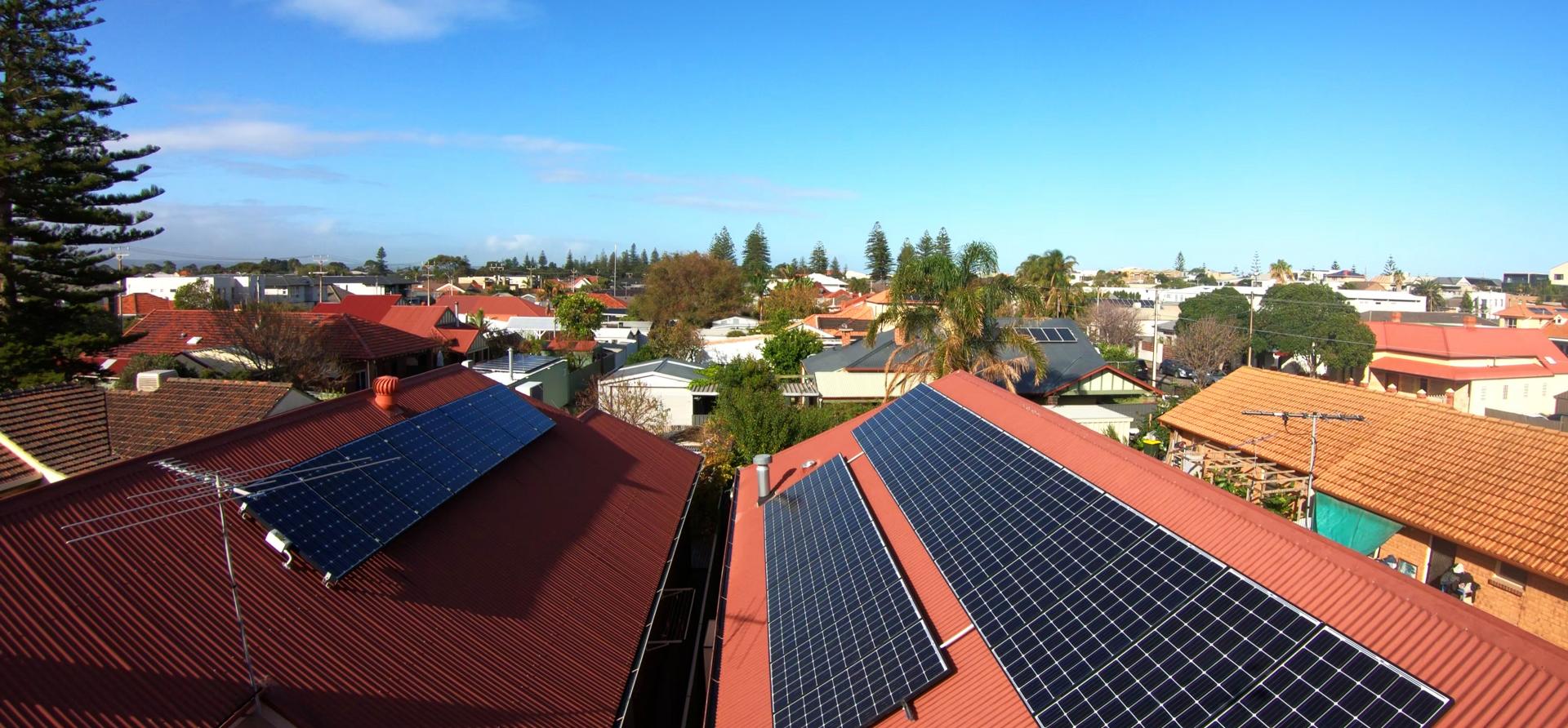Blunt instrument: Uncompensated solar cut-off isn't the only solution to the minimum demand 'problem'
Download Full Report

Key Findings
The solar cut-off regulation prevents households from using electricity from their own solar panels and applies to all new household rooftop solar connections.
Executive Summary
So much in the National Electricity Market (NEM) is complex because it involves engineering, economics and consideration of consumers’ best interests. In the case of cutting off rooftop solar exports, each of these dimensions are complicated and contested.
In this briefing note, we attempt to unpack necessity from opportunity to show why the rooftop solar cut-off regulation imposed from 28 September last year on South Australian homes and businesses and used on 14 March this year sets a concerning precedent.1, 2 The first part of the briefing note focuses on the technical rationale— the engineering definition of the problem. Then we delve into the economics and policy processes surrounding the advent of rooftop solar cut-off.
The solar cut-off regulation applies to all new household rooftop solar connections. It requires them to have a connection in the smart meter to enable a consumer-appointed agent to switch off the solar entirely when directed to do so by South Australian Power Networks (SA Power Networks) on direction from the Australian Energy Market Operator (AEMO). During the cut-off period the household consumes and pays for electricity from the grid.
This curtailment capability was used for the first time on a high solar generation, low demand afternoon when the SA-Vic interconnector was partially out of service, undergoing scheduled maintenance.















